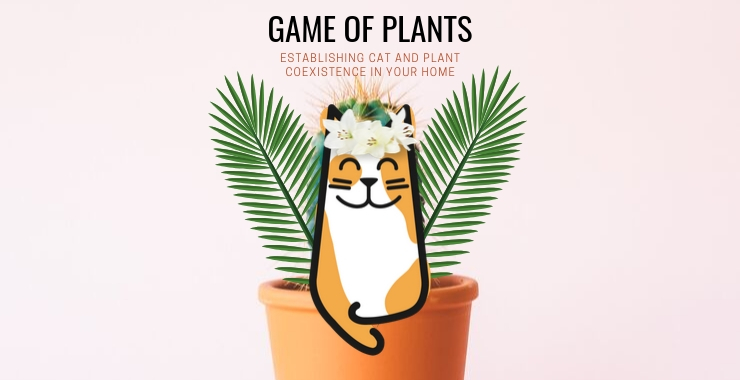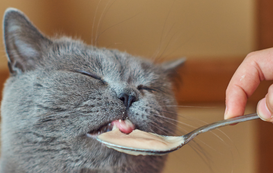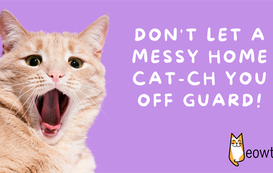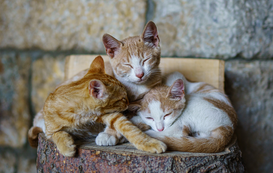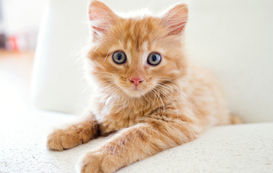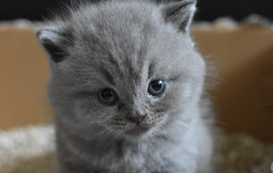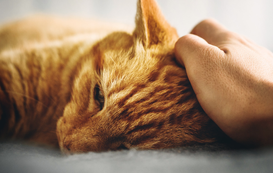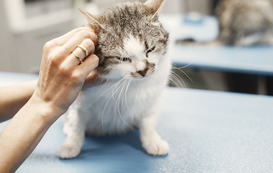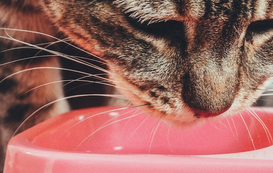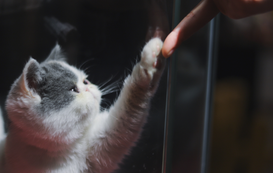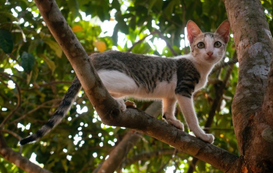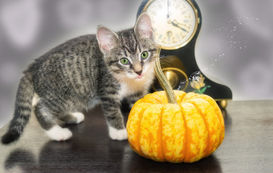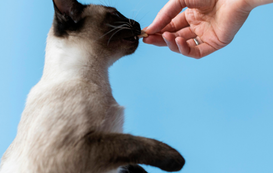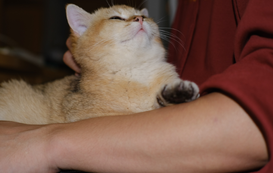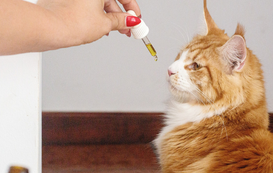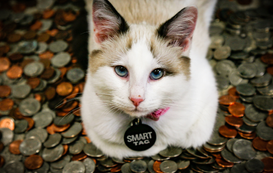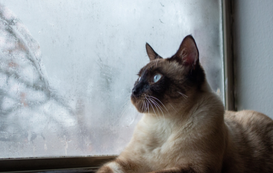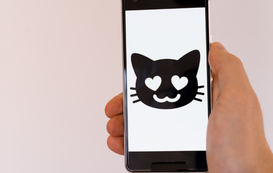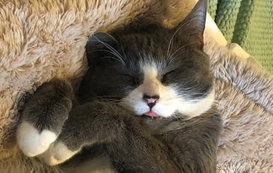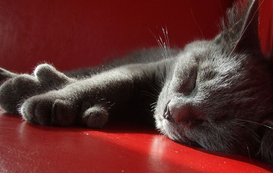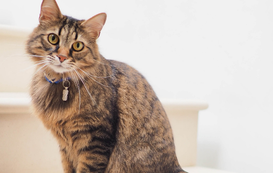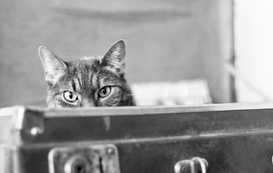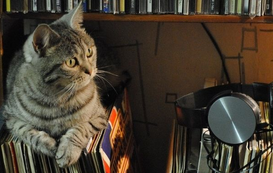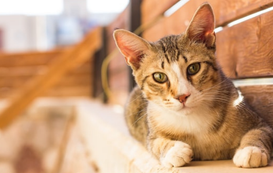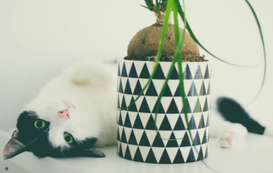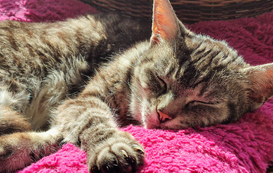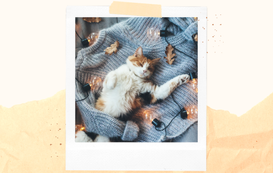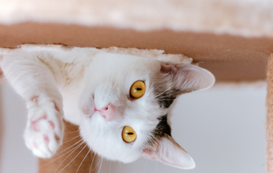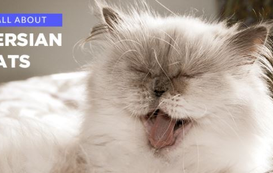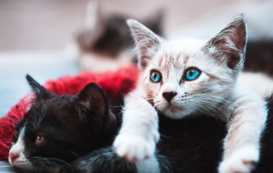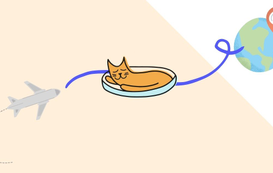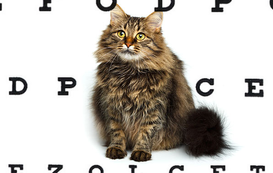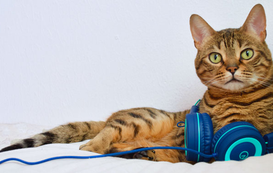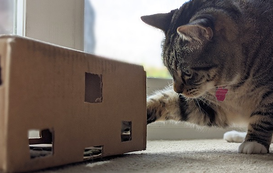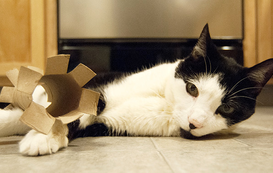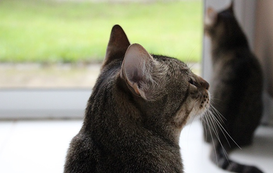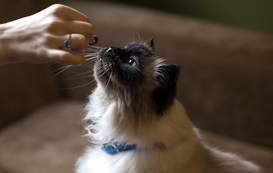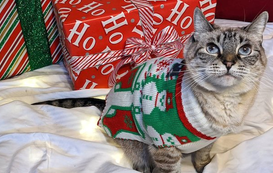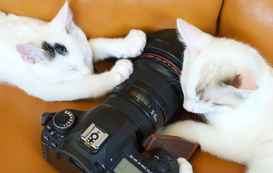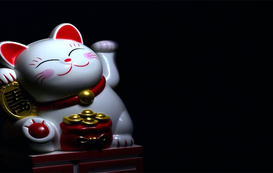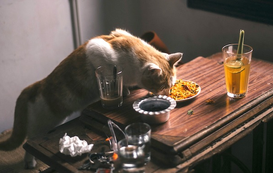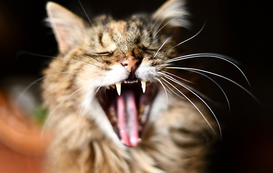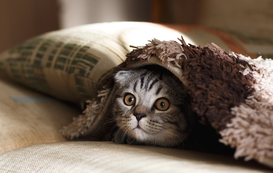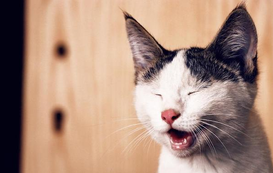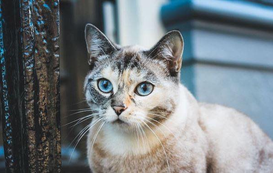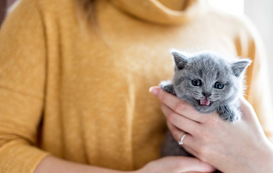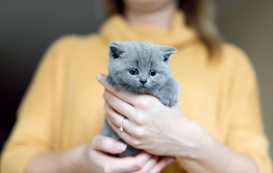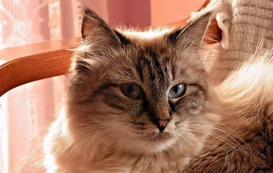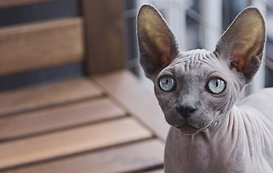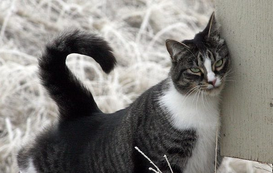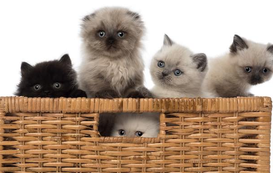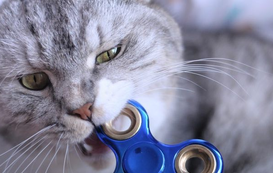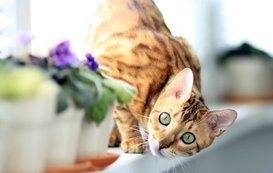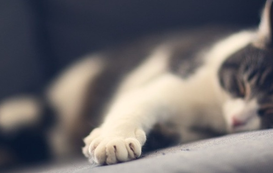Popular posts
House Plants and Cats: Top Ten Toxic Plants
Like many people, you may own both a house plant and a cat (kudos to you; I cannot even keep succulents alive myself). More often than not, our furry friends love to chomp on these leafy greens. It is believed that cats chew on plants for several reasons. Sometimes it is because of a nutrient or fiber deficiency or due to nausea. Or sometimes, in true cat fashion, it is out of sheer boredom.
Believe it or not, there are over 500 plants that are poisonous when touched or ingested by cats. Five. Hundred! This means that if you own house plants, it is quite likely you have one that could be dangerous to your cat’s health.
When referring to poisonous plants, it is best to assume that every single part of the plant is poisonous. If you are not a botanist, it’s better to be safe than sorry!
Here are the top ten most common poisonous plants for cats:
- LILIES!
- Azaleas and rhododendrons
- English ivy
- Oleander
- Marijuana
- Sago palms
- Tulips
- Daffodils
- Amaryllis
- Caster bean plants
LILIES!
Lilies sicken and kill thousands of cats every year, and the scariest part is that less than 30% of cat owners realize that these popular flowers are so hazardous. While there are varying degrees of poisonous lilies out there (and it’s good to know the difference), it is best to avoid having any lilies in the house at all because so many of them are extremely toxic and life-threatening to cats. The most dangerous types are daylilies (genus Hemerocallis) and true lilies (genus Lilium), which include Easter, Stargazer, Japanese Show, Asiatic, Tiger, Rubrum, and Wood lilies. Exposure to any of these lilies requires immediate and intensive veterinary care. Even ingesting just one or two leaves or simply grooming pollen from their fur can send your cat into acute kidney failure. A delay in treatment of 18 hours or more generally results in irreversible damage. Other lilies that are less toxic, but will also make kitty feel ill include Lily-of-the-valley, Trumpet, Peace, Peruvian, Calla, and Casa Blanca lilies. Symptoms of lily consumption are drooling, loss of appetite, vomiting, lethargy, kidney failure, and death.
Azaleas and rhododendrons
Azaleas are pretty but they are also pretty toxic. Consumption of anything from the rhododendron family will result in drooling, vomiting, diarrhea, weakness, and depression of the nervous system. Serious poisoning may result in coma or death.
English ivy
English ivy is also known as branching ivy, glacier ivy, needlepoint ivy, sweetheart ivy, and California ivy. It doesn’t matter what name you call it, just know that it is toxic to your cat. Symptoms of English ivy consumption are vomiting, drooling, abdominal pain, and diarrhea.
Oleander
Oleander is a delicate plant—however, it is not delicate on your cat’s body! Consumption of oleander will result in severe vomiting, drooling, abdominal pain, abnormal heart function, depression, and possibly death.
Marijuana
Now I’m sure some of you are thinking “but they make CBD from marijuana and that can be vet-certified,” and that’s true. I personally give my cat CBD for his nausea. However, ingesting marijuana itself is very toxic to cats (this includes any marijuana product that contains THC, such as edibles). Symptoms of marijuana consumption include lethargy, depression of the nervous system, loss of coordination, drooling, dilated pupils, low body temperature, low blood pressure, vomiting, and possibly even seizure, coma, or death.
Sago palms
I had no idea what sago palms were, but they are very popular in warmer climates. They look very similar to the palm trees you’re used to, but on a smaller scale.
Although a sago palm might remind you of a warm tropical vacation, if consumed they will remind you of an ER visit for your cat. Symptoms of sago palm consumption are vomiting, diarrhea, loss of appetite, lethargy, abdominal pain, jaundice, black tar-like stool, increased thirst, liver damage, liver failure, and possible death.
Tulips
Tulips are known for being a bright, fun, easy-to-grow springtime flower. While this may make them favorites, they are actually quite toxic for your kitty. Symptoms of tulip consumption are drooling, depression, vomiting, diarrhea, nausea, difficulty breathing, and increased heart rate.
Daffodils
Daffodils symbolize friendship, rebirth, and new beginnings. It is no surprise that these bright flowers bring joy to people’s lives. But if consumed by your cat, they will have a very different effect. Symptoms of daffodil consumption are drooling, nausea, vomiting, diarrhea, increased heart rate, abdominal pain, abnormal breathing, low blood pressure, tremors, and cardiac arrhythmia.
Amaryllis
Amaryllis is otherwise known as belladonna lily, Saint Joseph lily, cape belladonna, or naked lady. No matter what name you know it by, it is poisonous to your cats! Symptoms of amaryllis consumption are drooling, loss of appetite, vomiting, tremors, abdominal pain, depression, and diarrhea.
Castor bean plants
The castor bean plant has many names including castor oil plant, mole bean plant, African wonder tree, and castor bean. It may not be a common household name but if you see it, it will look very familiar. The whole castor bean plant is toxic but the bean itself is the most potent. Symptoms associated with castor bean plant consumption are drooling, vomiting, diarrhea, abdominal pain, increased thirst, loss of appetite, weakness, dehydration, tremors, seizures, coma, and even death.
If you suspect plant poisoning in your cat
Time is of the essence! Get your kitty to your veterinarian or an emergency animal hospital ASAP. It may be helpful to snap a picture of the plant or even bring it with you (in a sealed bag) to the vet for proper identification. You can also call pet poison control if you are unsure whether or not the plant your cat was exposed to is toxic, or if you are unable to get to an ER quicker than you can call. ASPCA Animal Poison Control is one option. Their number is (888) 426-4435. Another is the Pet Poison Helpline (800) 213-6680. There is a $65 consultation fee for either hotline, but can you put a price tag on your cat’s health?
If you love one of these plants and cannot live without them, I would suggest keeping them at the highest point in your house where your cat cannot reach them. My favorite flower is the Stargazer lily which, of course, is poisonous to my cat. He does not try to get onto tables or counters so if and when I have any in the house, they are put on a counter and out of his reach. However, if your cat is a climber, it’s best to keep the plant out of your home completely.
You’re probably thinking, “you’ve taken all of my plants away from me. What could I possibly keep in my house to add some greenery?” Don’t worry, I’ve got you covered.
Here are ten common plants which are safe for cats:
- Spider plant
- Sunflower
- African violet
- Bamboo
- Fig leaf palm
- Hibiscus
- Jasmine
- Impatience plant
- Petunia
- Prayer plant
Please note, non-toxic doesn’t mean “good to eat.” No houseplants are good for cats to eat. If you’re looking for a “healthy” plant for your cat to nom on, buy some good old-fashioned cat grass. Cat grass can come in a bunch of different types; rye, barley, oat, or wheatgrass. Be sure to check with your vet prior to purchasing any sort of grass in case your cat has any allergies or aversions!
I hope you never run into a situation where your cat has consumed one of these toxic plants, but remember: if they have, call the Pet Poison Control hotline and/or get them to the vet ASAP!
Meowtel wants to help your cat live their best, healthiest life. Check out Meowtel’s blog page for more information on cat health, nutrition, behavior, and more!

